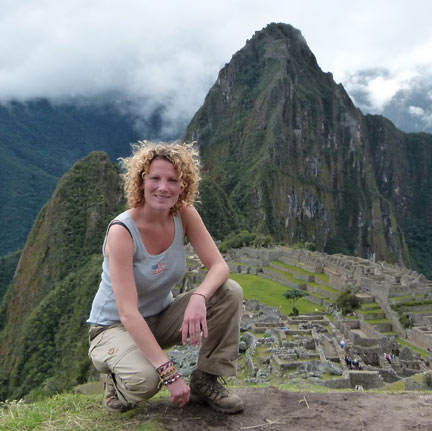Known as the ‘City of Eternal Spring’ due to its temperate climate, Medellin is a large, cosmopolitan and vibrant city located along the valley floor with neighbourhoods reaching far up its steep slopes , most of which are connected by a series of cable cars.
Medellin
Why visit Medellin ?
• Experience the city’s social transformation from the dark days of the 80’s
• Take the cable car up into the colourful neighbourhoods
• Explore the Guatape lake by boat and the Penol ‘sugar loaf’ Rock
• Pose by Botero’s extraordinary, oversized street sculptures
• Try a dish of Bandeja Paisa, a classic Medellin speciality
The city used to be the headquarters of Pablo Escobar’s notorious drug smuggling empire and in the 1980’s was best avoided. These days the city has been completely transformed by a variety of social programmes. One of the most innovative is the network of cable-cars that links the poorer neighbourhoods with the city centre and has helped many people find employment and a way out of poverty. Around 30 urban and social regeneration projects have helped to regenerate the urban, social and cultural landscape of the city.
The historic city centre is a real gem with the Parque San Antonio, also known as La Plazoleta that houses around twenty three Fernando Botero sculptures donated by the artist in 2000. The Metropolitan Cathedral is a very striking building and a National Monument. There are a number of interesting parks to visit and also the Nutibara Hill from which you can enjoy delightful views of the city.
Not far from Medellin is the Guatape Reservoir created for hydroelectric purposes and there are now a large number of little islands which you can explore by boat and enjoy the scenery. However the real highlight is the Penol Rock, which rises up like the Sugar Loaf mountain in Rio de Janeiro some 650 feet high. There are steps up the side and for those feeling suitably fit and climb to the top are rewarded with wonderful views of the surrouning countryside.
It is also possible to visit some of the emblematic sights of Pablo Escobar’s life in Medellin when he was at the peak of his powers and pass by the Monaco building in the Poblado neighbourhood where he lived and also see where he built and gave away houses for poor families. You can also visit his grave at the Monte Sacro Cemetery and understand why people still bring him flowers before finishing at the ‘Virgin of the murderers’, where he and his people prayed before every crime and get to understand the influence he wielded within some of the poorest areas of the city.
LOCATION
COLOMBIA KEY INFO
Visa
No Visa is required for UK passport holders.
Health Requirements
No mandatory vaccinations are required.
Time Difference
GMT - 5 Hours
Flight Time
11.5 hours Direct
NEWSLETTER SIGNUP
Keep up-to-date with the latest travel trends, inspiration for future trips and competitions to win luxury travel vouchers.
Subscribe






















